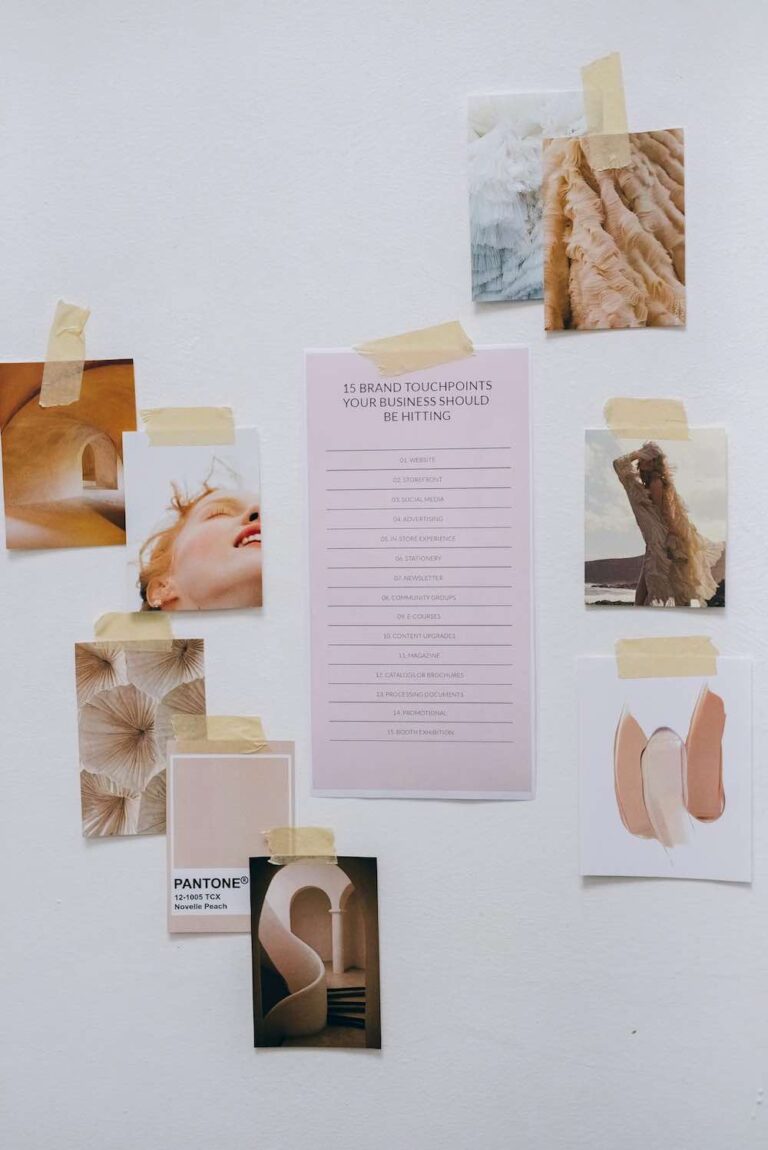Are you confident charging what your handmade crafts are worth?

Knowing what to charge for your product or service has to be one of the most difficult responsibilities of working for yourself. And, in an industry where haggling over prices is often expected, charging what you are worth is the bane of the artisan entrepreneur. It is no secret that so many makers undercharge in the mistaken belief that their work is not worthy of high prices. We fear that being seen as expensive means we will not get clients.
Why getting your pricing right is crucial to the success of your business
By not charging what your creations are worth, you are doing your business a disservice. Your pricing relates to sales and if your pricing is off the level of income coming into your business is affected. The paying public fall into different disposable income levels, and if your pricing is wrong you will keep attracting the wrong customers. When that happens the inevitable demoralising (you’re too expensive!) responses to your attempts to charge what your products are worth fuel the doubts in your mind. So, you keep chipping away at your prices until you are practically giving away your products. And at the end of the day, you are the one who ends up suffering, financially, physically, and emotionally. Also, trying to sell something you know is worth much more can lead to resentment towards your customers, not to mention burnout as you make more products than the capacity you have to make ends meet.
If you are struggling with charging what you are worth here are three factors to consider that can help you set prices that reflect the value of what you have to offer:
1. Understand the value of your skills and knowledge
Recognise the level of skill and knowledge that go into the products you create. Have you invested in yourself by taking several specialist courses, or taught yourself by sacrificing many weekends, or do you use time-consuming techniques or hard-to-source materials? All these things bring value to your creations, and the more in demand or scarce that value is the more your customer will be willing to pay. Your mindset about money also plays a significant part in how you feel about attaching a price to your work. This affects your expectations around asking for what you know your handmade crafts are worth.
2. Know who you are selling to, and what the market will bear
Charging what you are worth is not about setting the highest price you can get away with. It is about offering fair value by recognising where your creations sit in the market and accessing the prices the market typically supports for products that are similar to yours. When doing your market research look at what prices your competitors at a similar level to you are offering. Are there commonalities in the prices? If so this is a good benchmark for what you should be charging if you want to sell at the same level. Also, get to know your target customer. Customers are sensitive to price, i.e. in certain sectors such as luxury, low prices turn customers away. Understanding your customers’ needs and expectations will help you to confidently price-position your work in the market.
3. Track your time and production costs
When pricing your products you need to factor in how long it takes you to make an object, the cost of materials and how much is required, specialist equipment, whether you have employees or outsource, your packaging, and more. These are the expenses that will inform your prices. You are looking to keep your expenses as cost-effective as possible without compromising on the quality you want to offer.
In the early days of running your creative business, you are likely to make mistakes in your pricing and will spend some time adjusting until you find what is right. That is part of the process. In time you will instinctively be able to gauge the value of an object you create based on the time it takes, the materials you’ve used, and your previous sales. Also, keep in mind the prices you attach to your creations are not fixed. Your prices will change due to factors, such as, inflation, suppliers putting up their prices, and the financial cost of improving your skillsets and expertise. So get into the habit of regularly reviewing your prices.
These are just a few of the ways to help you get confident charging what your handmade crafts are worth. For more guidance on pricing have a look at our signature course: The Well-Crafted Start-Up: How to Start a Premium Craft Business.
Do you find charging what you are worth difficult? What are you doing about it? We would love to know in the comments
– The Wonderfully Well Made Team
[Image credits: The image shown belongs to cottonbro studio via Pexels. If downloaded and used elsewhere please credit accordingly.]






